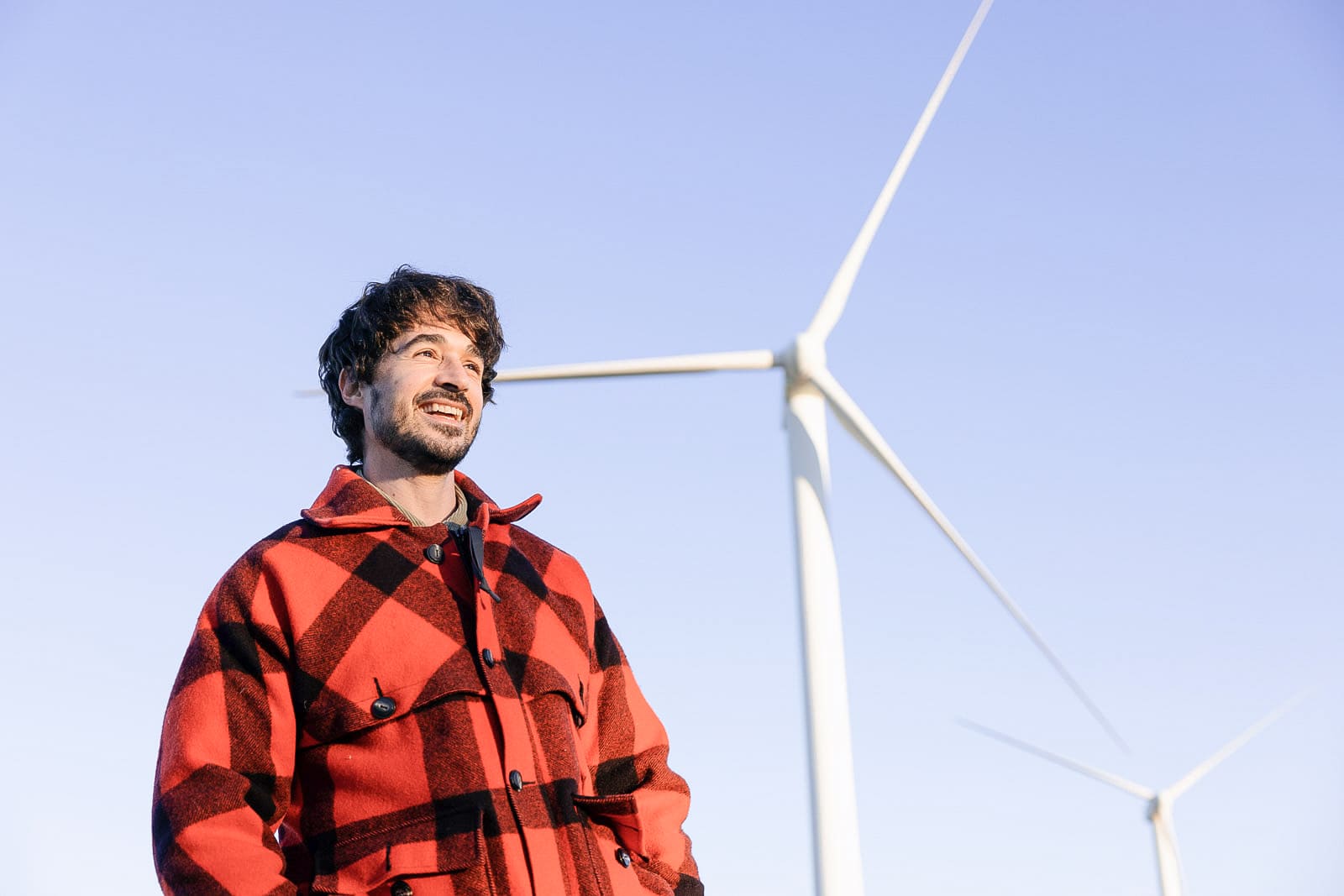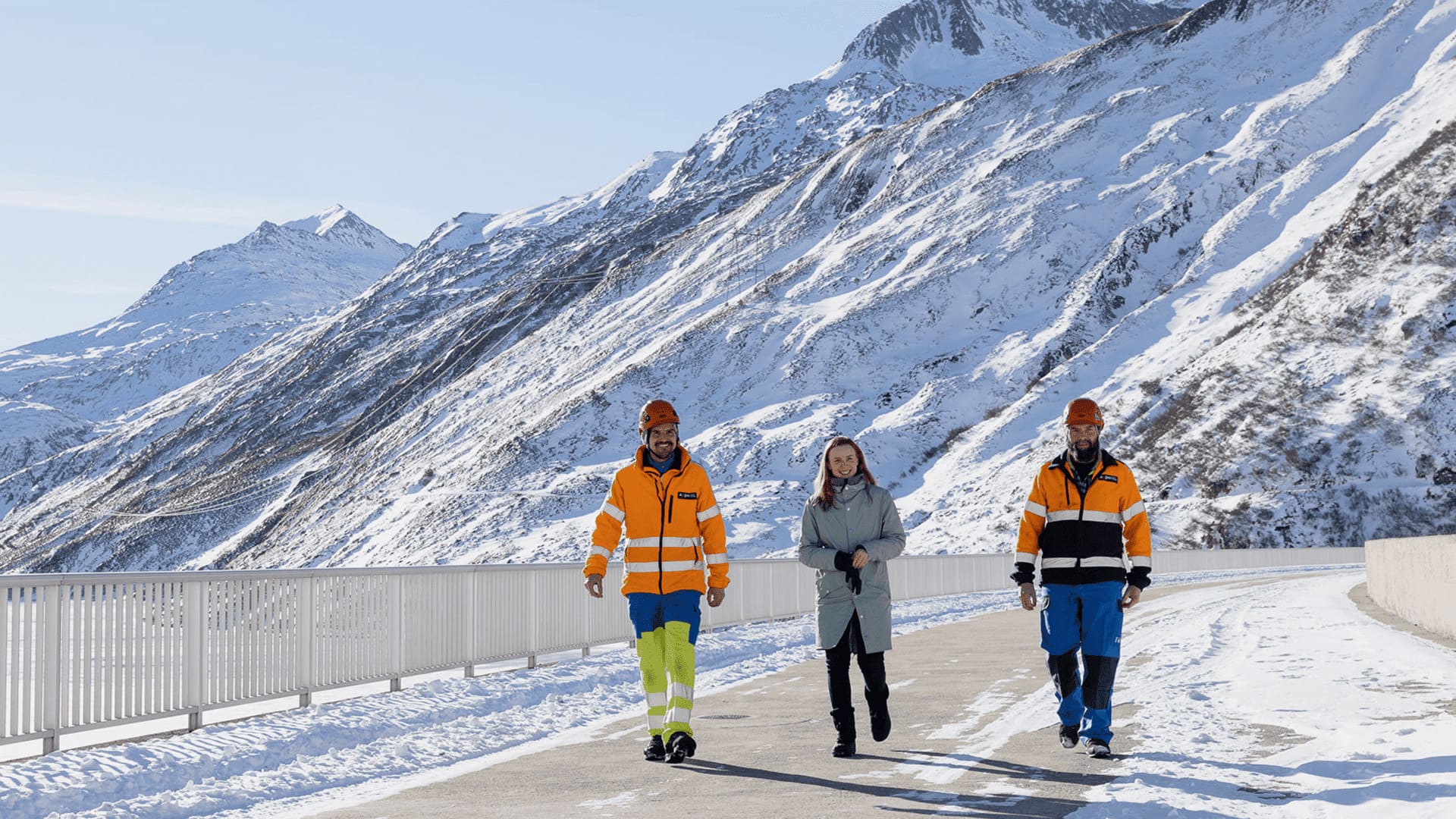23.09.2019 | Daniela La Fauci-Schaufelbühl and sign language
When hands do the talking
Daniela La Fauci-Schaufelbühl works as an HR manager at Axpo. This young woman from Aargau can communicate just as energetically with her hands as she does verbally because she knows sign language.
Four years ago Daniela La Fauci-Schaufelbühl volunteered at the at the annual PluSport Day in Magglingen during the Axpo Kids & Family Days. The Axpo volunteers were astonished when they witnessed her lively exchange with a young man. The discussion took place silently. The two of them let their hands do the talking. "The young man was deaf and we 'signed'. I have a deaf brother and learned sign language as a child," Daniela explains.
Daniela's younger brother lost his hearing as a child
Roughly 600,000 people in Switzerland are hearing impaired, and some 10,000 are completely deaf. They communicate in sign language to visually express what others do when speaking. "My younger brother, Roger, lost his hearing when he was five months old due to undetected meningitis. Because of the illness and the resulting learning disability, Robert never learned to speak," says Daniela. In contrast to today, cochlear implants were not performed on babies in those days. Hearing aids were soon no longer effective and when Roger was seven years old a cochlear implant failed because his cochlear had ossified. Daniela: "My brother literally uses his hands and feet to express himself so he is still able to communicate with the hearing."
The family learns sign language
In order to be able to communicate with Roger the family attended various sign language courses. "We invented signs for words and developed our own language," explains Daniela. As a child, Roger went to the school for the deaf in Zurich. Today he lives and works in a home for the hearing and language impaired at the Uetendorf-Berg Foundation near Thun. He regularly visits his parents on weekends. "Roger's favourite past time is the model train; the railway is his greatest passion," Daniela tells us. He spends his days off on excursions with the family. Roger likes it when there's something going on.
"Sign language is a visual language system with its own grammar. It is very different from the spoken German language," Daniela explains. For example, people’s names are signed by referring to the personal characteristics of the individual.
No reservations
How do the hearing best deal with those who cannot? "You shouldn't have any reservations," says Daniela, "Smile and wave just the way we intuitively do with people who can hear. In my experience that always works." It worked perfectly in Magglingen. Daniela made contact with the deaf young man with a happy smile and wave. He beamed and answered with his hands: "How do you know sign language?" Daniela sometimes wishes that those who can hear were more tolerant: "Deafness is invisible, and that makes it especially difficult for those who are affected. They get categorised as strange or ignorant because their voices sound unusual or because they don't react when spoken to."
Deafness
Deafness means that sounds can no longer detected due to hearing loss in both ears. The medical definition of deafness only refers to hearing ability.
The terms deafness, hard of hearing, hearing and visual impairment refer to the different degrees of disability and fall under the general term “hearing impairment”.
From the point of view of the hearing impaired person, deafness is not defined by the inability to hear, but rather by language and culture. Deaf people prefer to communicate with sign language and feel they belong to the sign language community and the deaf culture.
Depending on the region, various sign languages are used in Switzerland: Swiss-German sign language, French sign language and Italian sign language. Swiss-German sign language differs from German sign language and includes five regional dialects.
Sign language develops in a linguistic community similar to spoken languages. To understand each other, people from different nations often use American Sign Language or International Signs, or other sign languages that have been invented as a common language – similar to Esperanto in spoken language.


.jpg)




